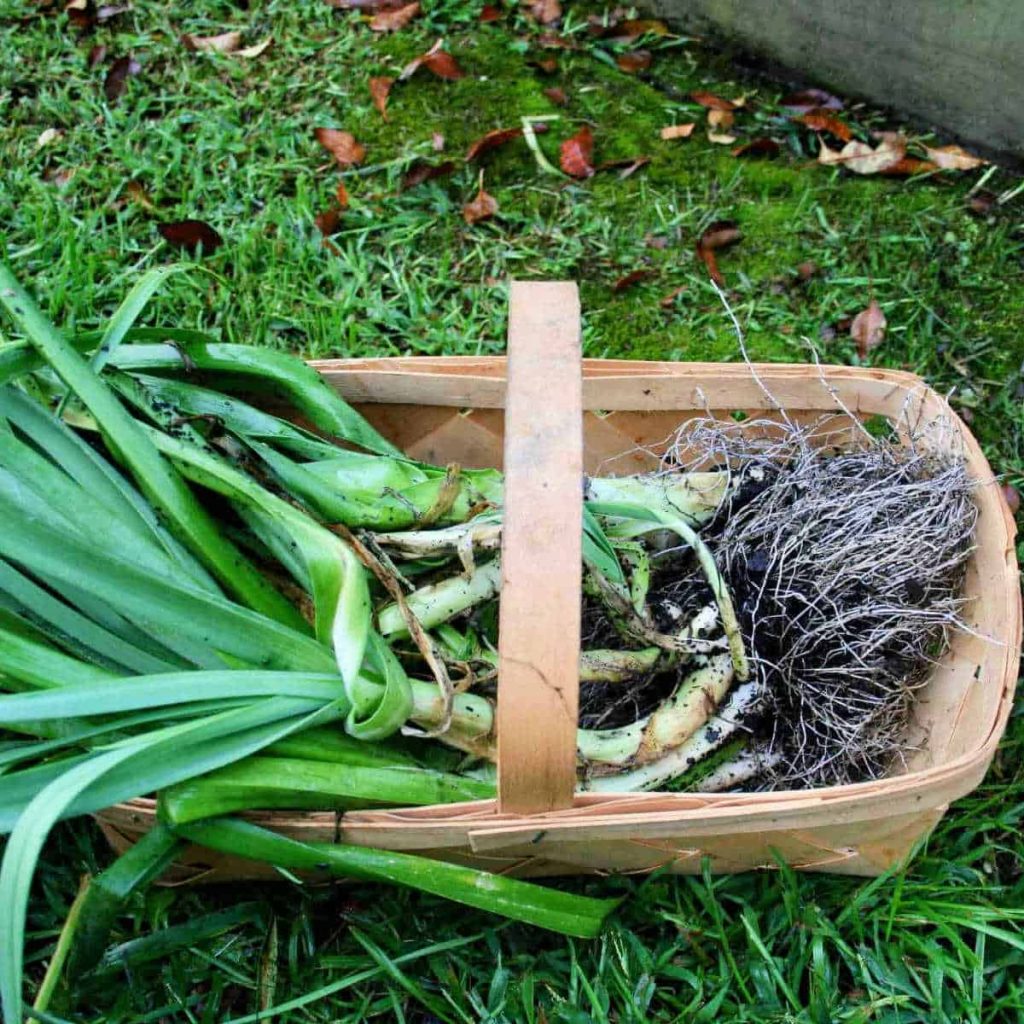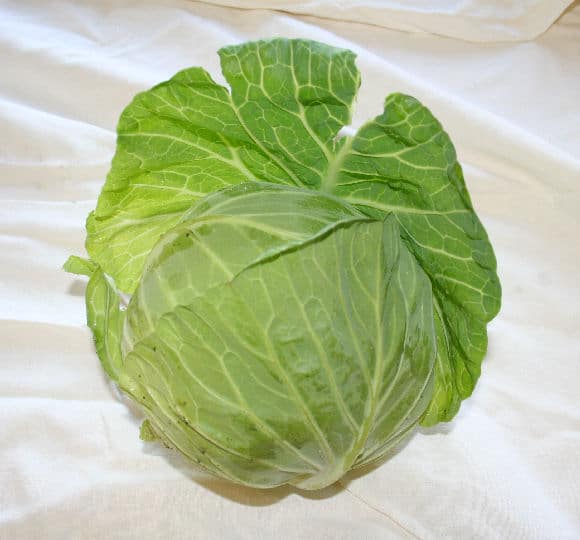Can you eat garden vegetables after they’ve been exposed to a hard frost? Some vegetables are actually improved by frost: broccoli, Brussels sprouts, cabbage. Others like tomatoes and tender annual herbs can be destroyed by frost. Here’s the inside scoop on what vegetables are good to eat after a frost.
Can You Eat Garden Vegetables After a Frost?
Yes, you can eat vegetables after a frost has come to the garden. Frost or freezing temperatures freezes the water crystals inside the plant’s cells. Depending on your garden, the veggies may be fine to eat or they may not be.
Frost, however is different from a hard freeze. A frost is a temporary condition of lower temperatures, usually around the freezing point. Temperatures warm up afterwards. A freeze is prolonged low temperatures that completely freeze or damage plants.
If you need advice on protecting plants from the frost, be sure to read this
Vegetables That Survive (Or Don’t!) After a Cold Snap
You will have to use your judgment, but here is a basic guideline. Remember: when in doubt do not eat it. If vegetables or plants are brown, mushy, or rotten – throw them out.
- Warm or hot season vegetables like tomatoes, peppers, and green beans may be inedible. Frost usually kills peppers and turns them to mush. Tomatoes may or may not be okay; feel them. If they are squishy, bruised, or do not look right, throw them out. Harvest green beans only if they feel firm to the touch.
- Lettuce, chard, and other greens are usually able to withstand a light frost. Chard, mustard greens, collard greens and kale may be fine after a frost. Use your eyes and your head; if it looks okay, it should be fine. Anything that’s wilted or brown, throw it out. Err on the side of caution and throw out anything you aren’t sure about!
- Broccoli, cabbage, Brussels sprouts, cauliflower actually benefit from frost. Brussels sprouts and broccoli taste better after a frost, actually! So leave them in the garden until you’re ready to harvest them or a cold spell (consistent temperatures under 40) threatens.
Root Crops
Soil protects root crops against freezing. If it’s just a frost, your carrots, parsnips, leeks, and potatoes should be fine. If plants experience frost, the leaves may curl and turn black, but the soil should prevent freezing.
Very wet soil can encourage rot and mold, so it is a good idea to harvest root crops after a frost has killed the upper leaves. However, you can delay the harvest and freeze or can other fresh garden produce first, taking some of the stress off of end of season clean up.

When In Doubt, Throw It Out (or Compost It)
A good rule of thumb is “When in doubt, throw it out (or compost it.)” If vegetables are blackened or mushy, toss them into the compost.






[…] After 85 days or so, broccoli begins to form small, tight green flower buds. This is the part that you eat – the tight flower buds. Harvesting should be timed if at all possible, to coincide with the days right after the first frost. […]